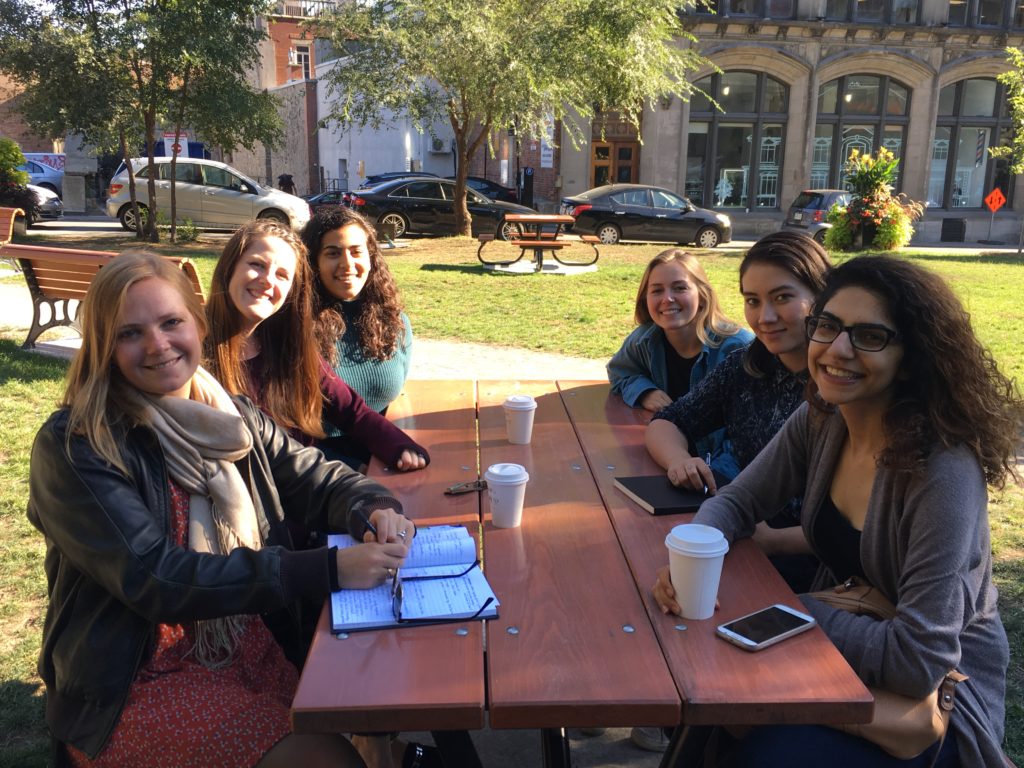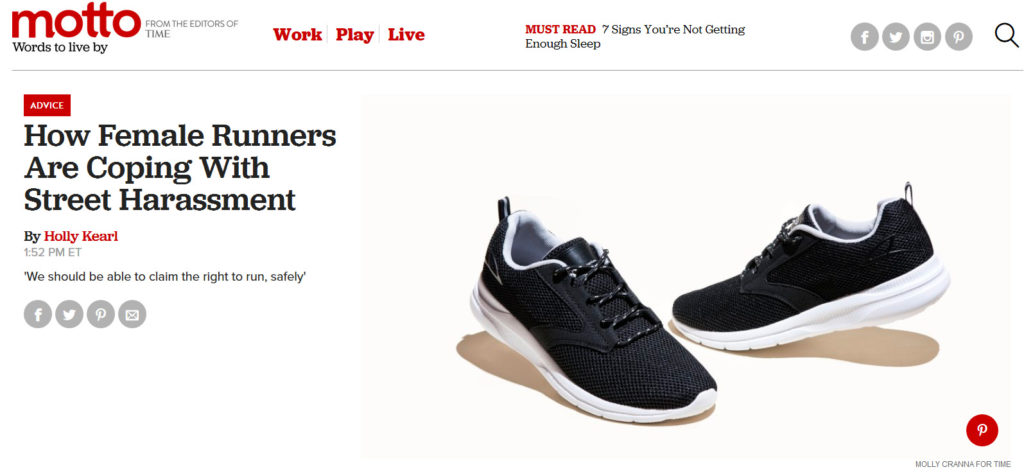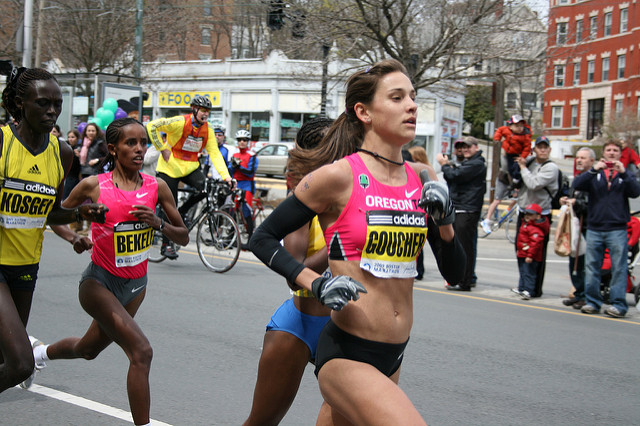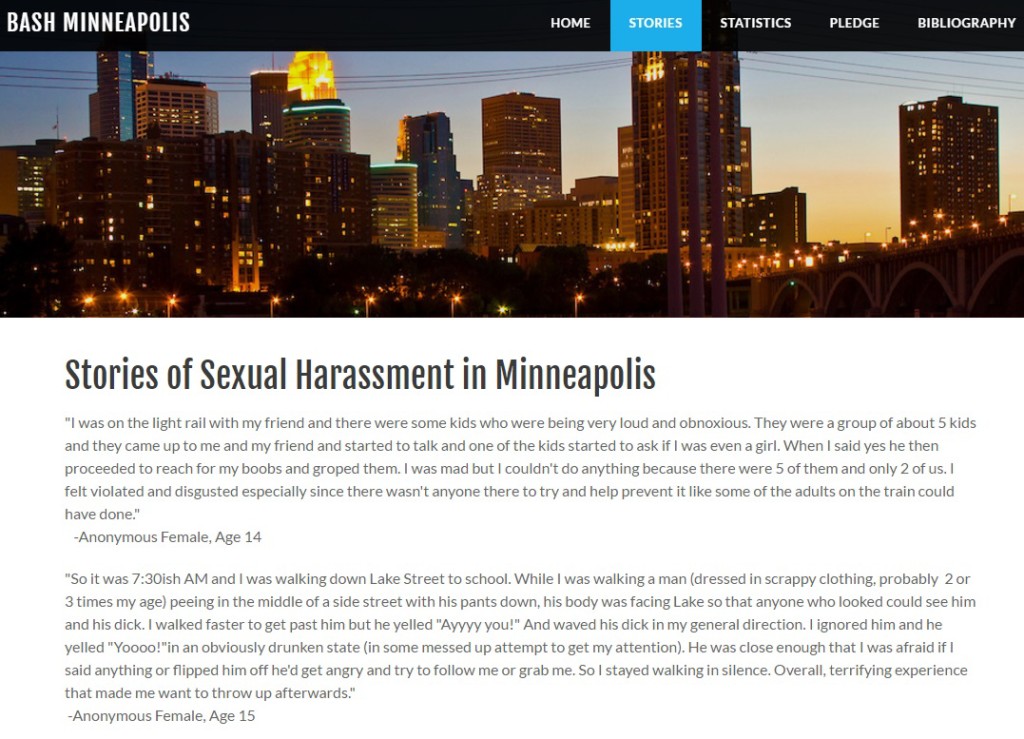Minying Huang, Amman, Jordan, SSH Blog Correspondent
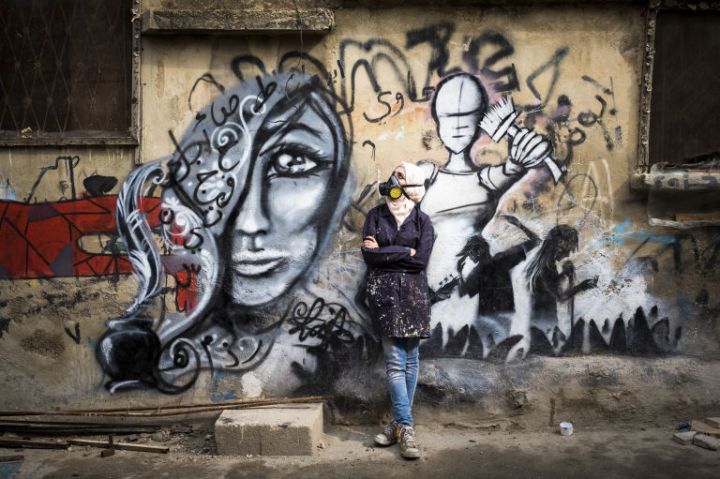 Laila Ajjawi is a renowned Palestinian graffiti artist and activist living in Irbid, Jordan, working to help empower women and communities of refugees. Through her artwork, she seeks to highlight discrimination, navigate Palestinian identities, deconstruct gender ideology, and reclaim the largely male-dominated Jordanian public space. By placing women at the centre of her pieces and celebrating female potential in all facets of life, she is challenging patriarchal attitudes and changing social perceptions.
Laila Ajjawi is a renowned Palestinian graffiti artist and activist living in Irbid, Jordan, working to help empower women and communities of refugees. Through her artwork, she seeks to highlight discrimination, navigate Palestinian identities, deconstruct gender ideology, and reclaim the largely male-dominated Jordanian public space. By placing women at the centre of her pieces and celebrating female potential in all facets of life, she is challenging patriarchal attitudes and changing social perceptions.
This is my interview with her.
Have there been difficulties? Have you faced any opposition or resistance, or has the feedback been overwhelmingly positive and supportive?
Sometimes I will get positive feedback, even during the painting process. Passers-by will give compliments; some try to help. A few respond negatively and there is always criticism! But I’m always friendly because I don’t need enemies, especially when there’s the constant risk that someone will take down my art, maybe within an hour of me finishing.
Common themes found in your work include: freedom and oppression, the stigmatisation of refugees, the role of women in society, cultures of silence, and humanity’s ability to transcend boundaries. Is Jordanian society responsive to the messages you are hoping to convey?
Most of it relates to how people see themselves from the inside, the invisible boundaries and stereotypes that people impose on themselves. In my country, these sorts of feelings limit your vision and, by extension, your achievements, because from a young age society is dictating what you can and can’t do, what you should and shouldn’t do, depending on your gender, your age, where you live, or where you come from… I can’t say that all of Jordanian society suffers from gender-based violence… and, to varying extents and in varying degrees, all societies suffer the same problems. But we cannot merely rely on statistics as, for example, many do not report violence. There are so many problems, so many crimes against humanity, that go unheard of, unpunished, and unseen.
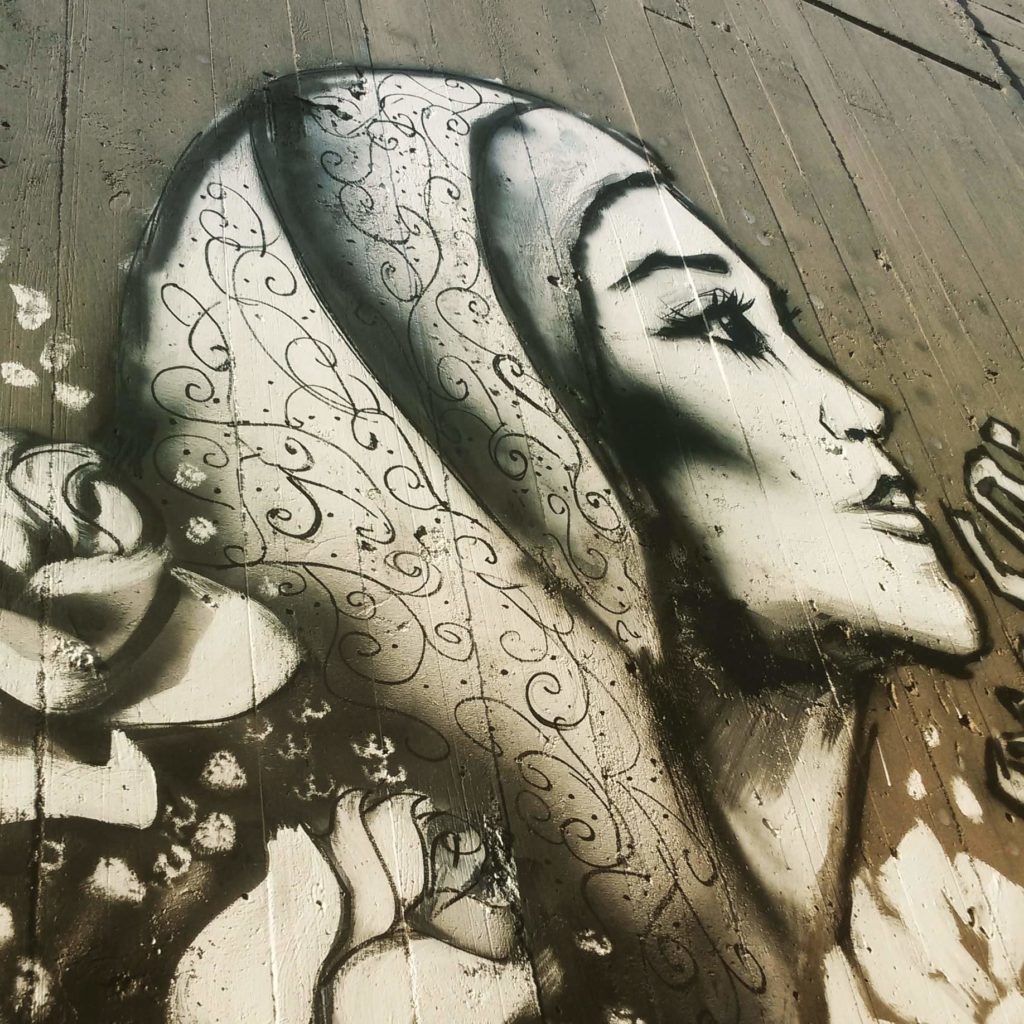 Your work is bold, brave, and powerful, rich with imagery and symbolism. Can you detail your creative process? What inspires you to create?
Your work is bold, brave, and powerful, rich with imagery and symbolism. Can you detail your creative process? What inspires you to create?
The key is always the location, no matter what my chosen subject is. I will always have a look around the surrounding area and talk to local people of all ages and genders. I call this the scouting process and it’s very important to me.Usually, I have the sketch ready in advance, completed in a moment of inspiration. I then have to scout out different locations to determine a good spot that attracts a lot of people. Once I’ve found my location, I will chat with the site owner, among others. At this point, I might rethink my original ideas and revise the sketch completely! This is followed by a quick draft on the wall after which the regular painting process begins. The finishing touches are the details.
Do you think all art is political in some capacity? Would you say that artists have a responsibility to try and effect change in their communities?
Not all art, surely. You know, cavemen used to document their hunting journeys through art… and it’s since developed into a tool to express an array of feelings and thoughts, some of which are political. As for an artist’s responsibility, it really varies from artist to artist. Factors to consider include: background, environment, level of self-education (sometimes level of formal education), level of general awareness, inherited and personal notions of responsibility, and one’s relationship with their surroundings and the wider world. Each artist sees the world from a distinctly unique perspective, and their experiences will shape – and be reflected in – their artwork. Some create art merely for fun; some view art as a means of self-expression; others believe themselves to be messengers of peace, for example.
Can you share one or two defining experiences that have shaped your values? How has your life influenced your art?
One defining moment was when I noticed how visually impactful graffiti can be, how it transforms the spaces it occupies. Graffiti is a great tactic to use when you want to convey a message, especially in social issue campaigns, as its presence in public spaces means that your thoughts will be able to reach more people and influence the public mind. The realization that graffiti perfectly combines art and activism then inspired me to take it to the next level, gain more experience, and learn more about social activism and the role art has to play. I have a very strong sense of responsibility, social and otherwise, which ties into why I do what I do.
Maybe this is because I’ve been brought up in a good family where everyone works so hard simply to be able to afford basic necessities and where getting an education was the main priority. Living in a refugee camp my entire life wasn’t easy. My family literally started from zero. My parents had no bank accounts, no land, no property. They were always working hard to keep the family afloat; and so, being the oldest, I had to take care of my younger brothers and sisters. When I graduated, I worked so many different jobs so as to become financially independent, pay back my loans, and help supplement the family income. I studied science – and I do love science – as I couldn’t afford to study art. I had to teach myself through university library visits and would go to art professors for guidance.
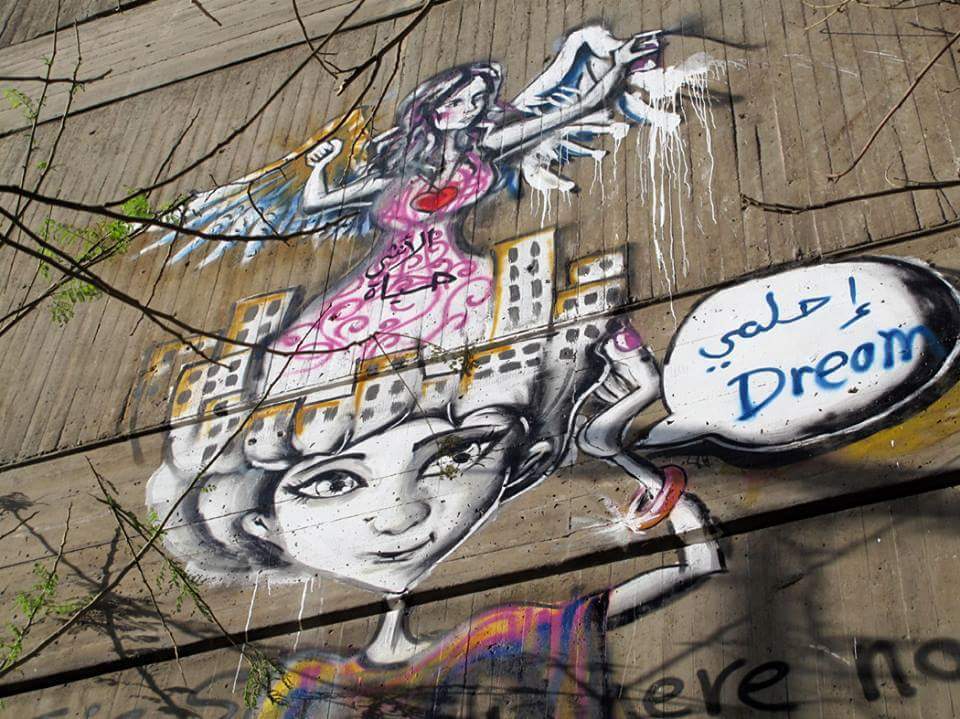 How did you get into graffiti? What about it speaks to you over other art forms?
How did you get into graffiti? What about it speaks to you over other art forms?
The cornerstone of my graffiti journey was participating, for the first time in my life, in a regional art festival, organized by Women on Walls (WOW). This event took place in the capital of Amman, just over an hour away from my city of Irbid, and gave me the chance to step outside my community and meet other artists who were working with different forms and materials.Prior to that, I had experimented within the walls of Irbid Refugee Camp, where I had used spray colours to depict something relating to the resistance in occupied Palestine. I wanted to build on this experience further by painting a large mural, drawing on watercolour art for inspiration. It was so challenging and I think I must have spent two days just staring at the wall before actually starting the piece.
For some reason I lost all sense of time and my surroundings; I was solely focused on the wall, the art, the steadiness of my hand. I was thrilled to discover just how fast I could work, how quick I was to adapt to this new medium. It was exciting to know I was just as capable of working to such a large scale as I was of drawing on regular A4 paper. I felt such passion in that moment. In other words, graffiti gave me such a high! And when I finished, I felt as though something within me had been set free and cast onto that wall.
Thank you for shedding light on the many challenges and injustices women encounter in their daily lives, from gender-based violence enshrined within a rigid honour code to limited access to education. What are the existing social and legal obstacles to progress here in Jordan and the Middle East where women’s issues are concerned?
Some obstacles to progress I see in this community, as in other communities, are: poverty, unemployment, social injustice, government corruption, unequal access to education, work, and decent services. I would add that these are challenges and injustices people of all genders are facing. It’s natural to expect more problems within communities that struggle to meet basic needs, in which people are unable to secure a good income (both in terms of salary and the nature of the work).Law is another crucial issue. Here in Jordan, we have some laws that divide such communities, directly and indirectly, whereby one side is given more power than another which results in more injustice for victims.
You have worked with enormously impactful organisations and initiatives such as Women on Walls, ActionAid ARI (Arab Regional Initiative), and SheFighter. Can you tell us a little bit about these projects?
All the above organizations share similar ideas as regards empowering women in society at large. They invited me to work with them, which is an honour and shows me that my work and my message have been met with recognition.
Women are breaking the silence, fighting for their rights, and striving to assume control of their own lives. Do you feel that now more than ever this region is ready for – and open to – a real shift in attitudes and behaviour?
Not all the initiatives are smart and practical. A lot of them target, and operate within, areas where women can, for the most part, do whatever they want. They don’t target the more closed communities beyond the capital city and cosmopolitan coastal areas. But it’s in these closed communities that women suffer the most. A lot of the activism is just talk, whether about the problems or the victims, but few are taking active steps to tackle the root of the problem, which is what I’m trying to do. By filling the streets with images of strong, empowered women, I’m trying to change public perceptions and attitudes.A small organisation that, in my opinion, is doing meaningful work in the field of female empowerment is IRC Jordan (International Rescue Committee).
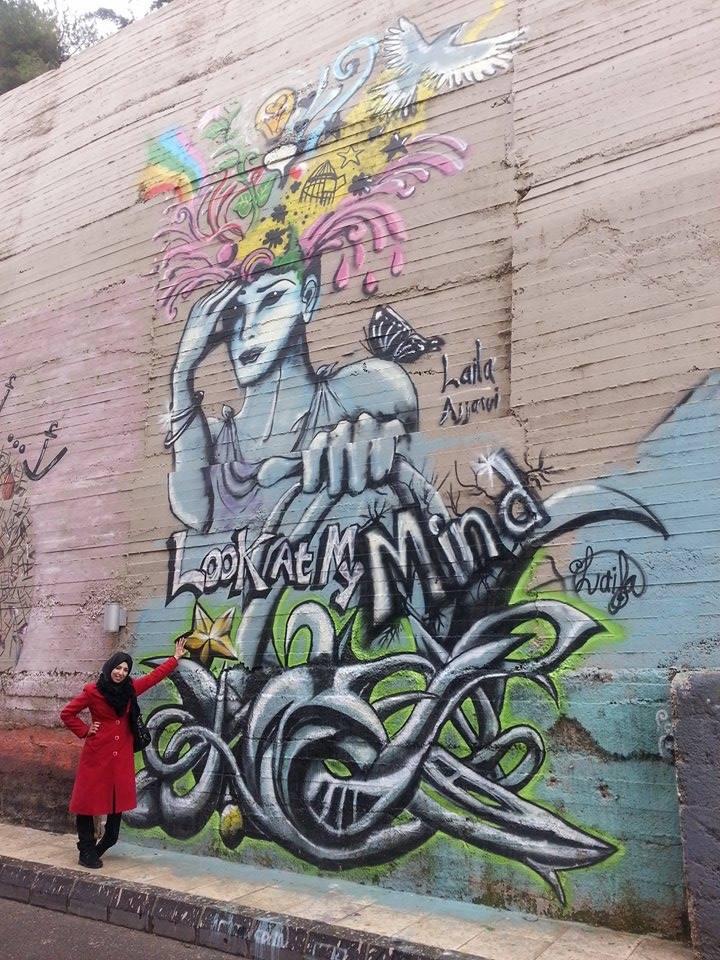 Is feminism considered a dirty word in the Arab world?
Is feminism considered a dirty word in the Arab world?
Yes, because there are those who misunderstand the actual meaning of the word. Feminists have a reputation for hating men here. And some do act out aggressively against society, make generalisations, and talk about men as if they were monsters, wanting female superiority, and breaking with the idea that men and women each hold up half the sky. Meanwhile, there are feminists, who understand the true meaning of feminism, working to empower women in poor communities; they are setting up start-up projects, encouraging women to work, and promoting self-development. There are feminists campaigning for equality to be enshrined in law; they are campaigning for fairer salaries in the private sector, for example, and rallying against the unjust laws concerning honour killings, citizenship, and nationality.
At this point in time, what are your goals? What are your personal and professional aspirations?
I need to break down the stereotypes people around the world have of Arab girls, both Muslim and non-Muslim, and of the Arab region in general.I also want to show young people that they have the power to start something great, to effect change from within. I want them to believe in themselves.
What are you working on at the moment? Do you have any upcoming projects Stop Street Harassment readers should keep an eye out for?
I’m still undecided as I left my job and got married with a plan to leave the country and move to Saudi Arabia! Before I leave, I hope to gift a few more graffiti pieces to my community. I have so many unfinished projects that I will continue to work on in Saudi Arabia, one of which is a science-fiction novel. I’m also designing an art studio for myself, a much-needed space in which I can figure out what my next big move is.
You can keep up-to-date with Laila and her work on Facebook, Instagram @lailanajjawi, and Twitter @Laila_Ajjawi.
Minying is a 20-year-old student from Cambridge, England. She is studying for a BA in Spanish and Arabic at Oxford University and spent the last academic year living in Amman, Jordan. You can find her on Twitter @minyingh, Instagram @minyingh, and Facebook @minyinghuangpoetry.

